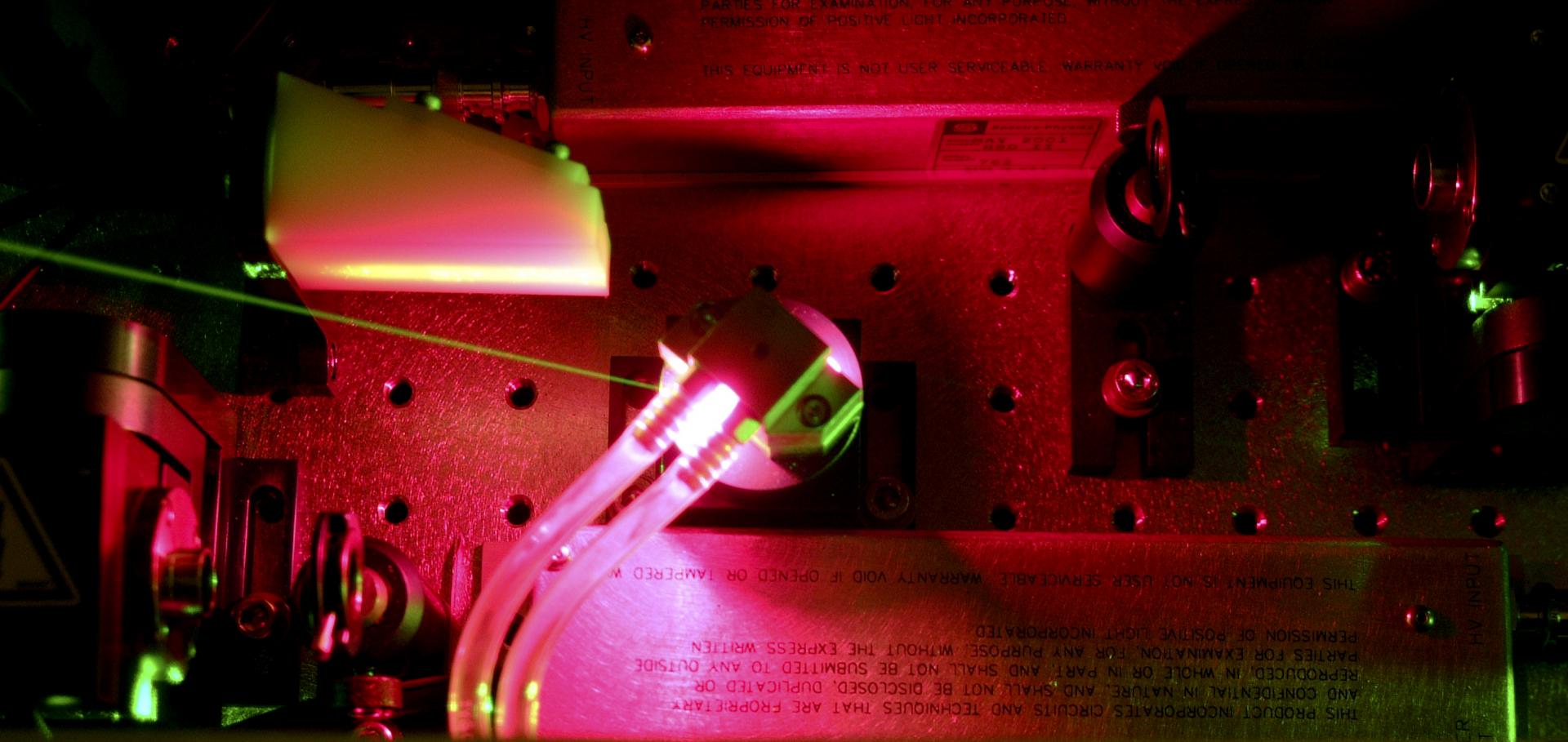Optimised XUV holography using spatially shaped high harmonic beams
Optics Express The Optical Society 27:20 (2019) 29016-29016
laser guiding in plasma channels for high-rep-rate, low-plasma-density LWFAs (Conference Presentation)
SPIE, the international society for optics and photonics (2019) 18
Quasi-phase-matched high-harmonic generation in gas-filled hollow-core photonic crystal fiber
Optica The Optical Society 6:4 (2019) 442-442
Plasma Wakefield Accelerator Research 2019 - 2040: A community-driven UK roadmap compiled by the Plasma Wakefield Accelerator Steering Committee (PWASC)
(2019)
Low-density hydrodynamic optical-field-ionized plasma channels generated with an axicon lens
PHYSICAL REVIEW ACCELERATORS AND BEAMS 22:4 (2019) ARTN 041302


